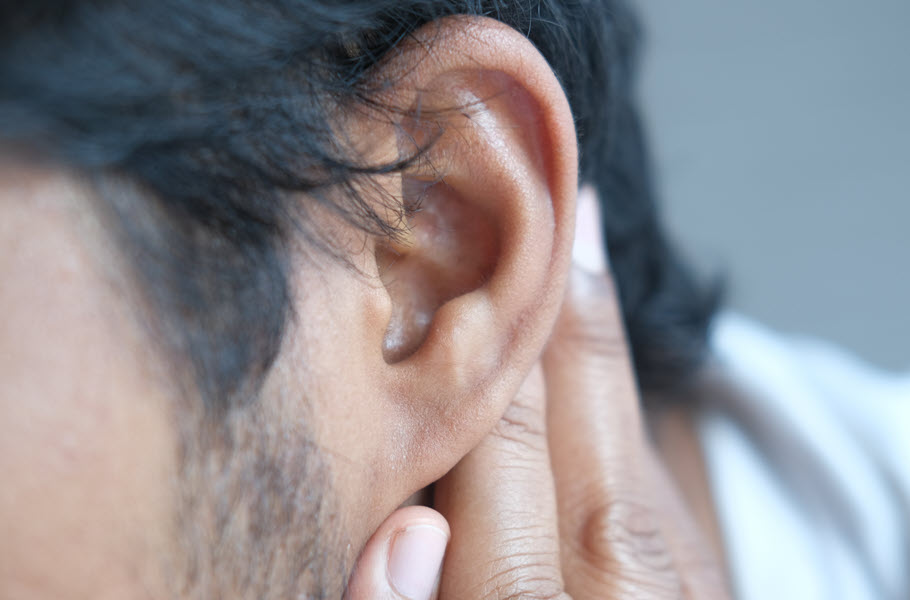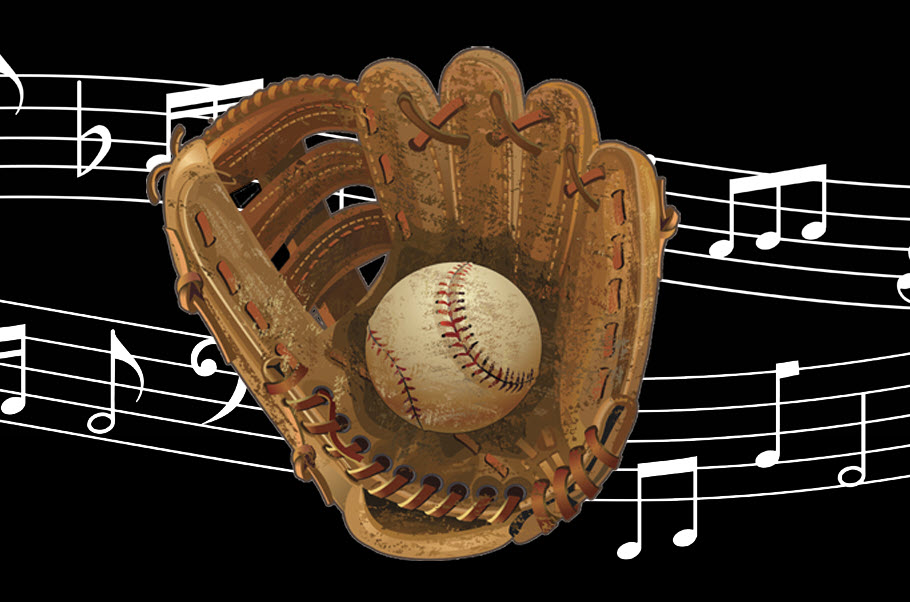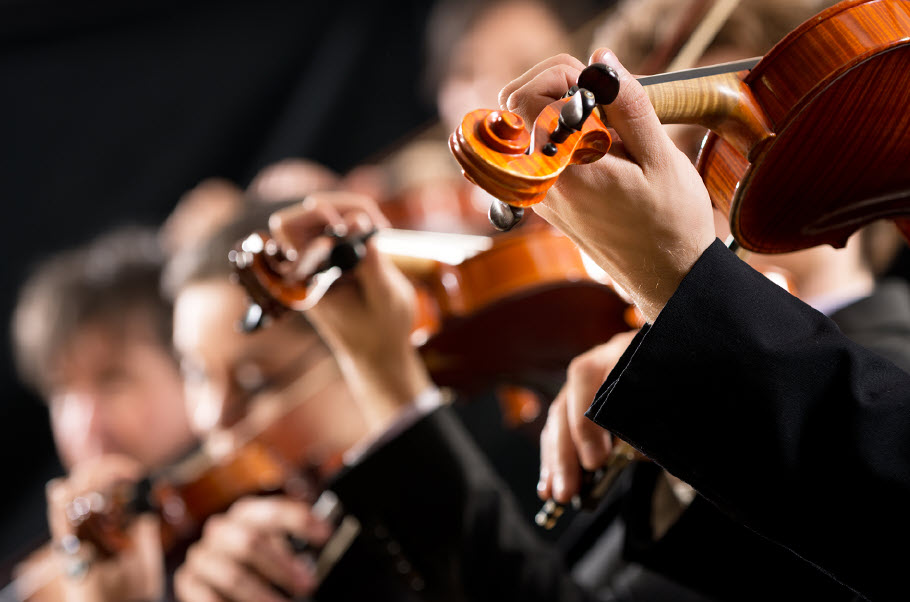The Music of Mardi Gras
Aural gumbo for America’s greatest block party.
It’s been called America’s greatest block party … and it runs for two solid weeks every year, starting on Fat Tuesday — the English translation of the French words “Mardi Gras.” New Orlean’s unique celebration is marked by costumes, parades, beads, food and sustenance of the liquid variety, all in abundance.
But music plays a big role, too. Let’s take a closer look at the genres that predominate the festivities, along with a list of the top Mardi Gras songs you’ll want to add to your streaming playlist.
Zydeco and Cajun
Louisiana is host to a confluence of cultures, including that of Native Americans, Africans, Canadians, Haitians and the French, among others. This has led to continuous creative strides in jazz and blues, as well as the development of regional music such as zydeco and Cajun, both of which are today considered part of the foundation of American music.
The two genres grew up in the bayou and are closely related, with similar instrumentation: guitar, accordion and/or fiddle, upright bass and some kind of percussion, which can range from a simple triangle or washboard to a full drum kit. Early on, many practitioners became more reliant on the accordion than the fiddle, possibly because the accordion did a better job of overcoming noisy revelers on crowded dance floors.
Examples of Cajun music include “Pauvre Hobo“ and “Le Chanky Chank Francais,” as performed by the group Beau Soleil. For zydeco music, listen to “Beast of Burden” and “Hey Hey Hey,” by Dwayne Dopsie & the Zydeco Hellraisers.
Native American Influences
There are times when inspiration for new music springs from the communities that consume it. Such is the case with the Mardi Gras Indians, who are Black Americans that mask and dress in traditional Native American attire while parading in order to honor American Indians who helped protect enslaved people who fled from bondage — a practice that has existed for more than a century. Their street chants, once used in battle, are found in songs like the Meters’ “Hey Pocky A-Way” (see below). “Street music was the root of all the songs that got to be known as New Orleans rhythm and blues,” says George Porter Jr., bassist for the Meters and leader of the Runnin’ Pardners.
Much of the music associated with Mardi Gras arises from historical events. A good example is “Corey Died on The Battlefield” — a song inspired by a fight in a neighborhood where a Native American was killed. “Being folk music, it changes over time,” says Louisiana State University ethnomusicologist Joyce Marie Jackson. “Sometimes Corey’s a man, sometimes a woman.”
Top Mardi Gras Songs
These are some of the songs you’re likely to hear performed by marching bands (along with brass arrangements of modern R&B favorites) if you’re lucky enough to attend a Mardi Gras parade in person. Who dat!
When the Saints Go Marching In
There’s no song more closely associated with Mardi Gras than this jazz standard popularized by trumpeter and vocalist Louis Armstrong with his 1938 recording. Also known as “The Saints,” the song started as a Christian hymn, with the earliest renditions adopting a slow tempo. While the song’s writer remains unclear, a number of composers have sought copyright, including Luther G. Presley, Virgil Oliver Stamps and R. E. Winsett
New Orleans native Al Johnson, sometimes called Al “Carnival Time” Johnson, is best known for his performances of this song. First recorded in 1960, the tune has become a staple of the Mardi Gras celebration.
Adopted from the street chants of Mardi Gras Indians, “Hey Pocky A-Way” is a carnival favorite. The song was first released in 1974 by the New Orleans funk band The Meters, led by the late singer/songwriter Art Neville. Its title comes from early Native American vernacular, and is sometimes written as “Two Way Pak E Way,” which means “get out of my way.”
This tune drew little traction during its first release in 1953 under the title “Jock-A-Mo” by James “Sugar Boy” Crawford and his Cane Cutters. More than a decade later, the Dixie Cups gave the song new life as “Iko Iko.” Singer Barbara Hawkins has said that the rhythm came together by happenstance. “We were just playing around with it during a session using drumsticks on ashtrays,” she recalls. “We didn’t realize Jerry and Mike had the tapes running.” Legendary songwriters Jerry Leiber and Mike Stoller, who served as producers for the recording, then enhanced the track with bass and percussion.
This R&B favorite, which encourages listeners to visit New Orleans and participate in Mardi Gras, was co-written by Professor Longhair (Henry Roland Byrd) and released by him in 1949. (His 1959 rerecording featured a young Mac Rebennack on guitar, long before he became known as Dr. John.) Byrd is credited with originating a “rhumba boogie” style that fused elements of blues, barrelhouse and Caribbean influences.
This homage to Mardi Gras Indian groups became a local hit in New Orleans when Professor Longhair released his version in 1964 and is today a staple of most brass bands marching in Mardi Gras parades. Longhair’s recording features a whistled first chorus in a rollicking blues piano style, with lyrics written in mock-American-Indian pidgin. (Check out Dr. John’s instrumental version here.)
This catchy tune was first recorded in 1954 by the Hawketts, whose members included Art Neville, later of the Meters, who would release their own version two decades later. According to Hawketts drummer John Boudreaux, the group first tried to play the song in a calypso style before settling on the now-familiar mambo instead.















